Young people’s perceptions of engineering are strongly associated with their parents’ opinion of engineering, according to EngineeringUK’s latest Engineering Brand Monitor. For the first time, the Engineering Brand Monitor (EBM) has linked the responses from over 4,000 young people and their parents. It highlights:
It also suggests knowledge of what an engineer does and how you become an engineer as well as perceptions and interest in the profession, varies by not only by gender, but also socio-economic background, ethnicity and region. The report found:
The engineering sector currently draws its skills from a very narrow section of society: only 16.5% of the engineering workforce are women compared to 47.7% of the entire national workforce and 11.4% are from minority ethnic backgrounds compared to 13.4% of the overall workforce.
Dr Hilary Leevers, Chief Executive of EngineeringUK, said: “As the world emerges from the disruption caused by the Covid-19 pandemic, the need for engineering talent is intensifying. Ambitions to ‘level up’ the country and make the UK a science superpower and an innovation nation will be hugely dependent on our engineering and tech workforce, as will achieving net zero by 2050.
“Our research continues to highlight the need for more to be done to ensure engineering is, and is seen as, an inclusive career for all.
“Showing parents and young people first-hand the breadth of exciting engineering careers available will be paramount if we want to encourage more young people from all backgrounds to join the engineering workforce to meet the challenges of the 21st century.”
The report findings show there is a strong association between engagement in STEM activities and an interest in a future career in engineering, but access to such activities varies between schools, with those with higher numbers of pupils eligible for free school meals less likely to run STEM activities. In particular, 1 in 5 young people had not taken part in any careers activities in the past 12 months.
Evidence shows that young people who know more about what engineers do are more likely to perceive the profession in a positive way and to consider a career in engineering. It also shows that STEM outreach and education activities are critical in this context. Students who had attended any (one or more) STEM careers activity were 3.5 times more likely to know about what people working in engineering did than those who hadn’t attended any. They were also 3.4 times more likely than those who hadn’t attended a STEM careers activity to consider a career in engineering.
Other factors highlighted in the EBM include:
The Engineering Brand Monitor is an annual survey of the knowledge, perceptions and understanding of engineering of young people, their parents, and teachers. For the first time responses from parents and young people aged 7 to 19 were linked together and the association between them examined. The survey was completed by 4,317 child-parent pairs between April and May 2021.
A separate report on the responses of teachers can be found on the EngineeringUK website.
Education company EVERFI has launched four free digital courses in the UK, with more to come in the months ahead. All courses are linked to national curricula and have already achieved huge success in the US, with 2.8 million students having completed an EVERFI course in the last year alone.
What educators and employers alike have learned from lockdown is that you can underestimate how productive people can be when working or studying from home. With a comfortable workspace, the right tools, and a clear goal in mind, people are capable of accomplishing just as much without a physical place of work. When things were normal, distractions were inevitable, whether it’s the sound of heavy traffic outside the window, or taking a tense daily commute to work. And I say that at home right now while listening to construction work outside my window. Although a little background noise can help to restore that sense of normality we’ve lost, right?
I have lived an incredible journey becoming an engineer for Rolls-Royce, street-dancer, and a public speaker. My journey wasn’t always smooth though, and at one point I failed every examination at university because of the problems in my life. That’s when I decided to go totally out of the box and learned to dance.

A community-driven platform for showcasing the latest innovations and voices in schools
Pioneer House
North Road
Ellesmere Port
CH65 1AD
United Kingdom